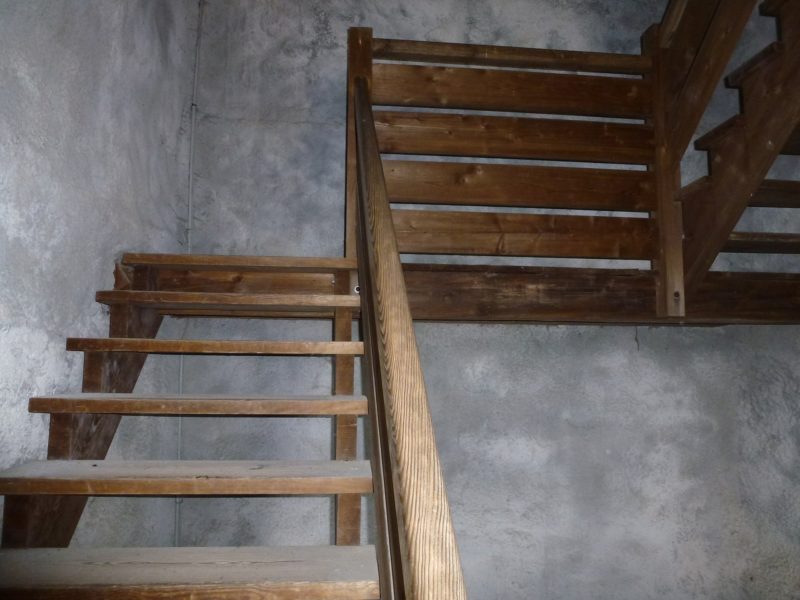The 6-star energy rating assessment is usually the last step in the building process when the building designs have been finalised. As energy assessors at Energy Rating Perth, we urge our clients to think about energy efficiency as an investment for future savings and incorporate it into their building long before the layout has been devised.
The very first step in building design should be aiming to create a building that strikes a perfect balance between orientation, siting and shading for achieving an efficient passive solar design as well as good thermal performance of a building. The driving factor of this balance is always the climate and the impacts of it on the building i.e. does the building require a year cooling, a warming effect through passive solar design or both. The orientation however will aim to be the same in all climates, i.e. a north facing building. Being north facing means that the longer sides of the building are oriented north and south while the shorter are oriented east and west. Most glazing will be on the North-South axis while it will be minimised in the East-West. The ideal orientation is 15 ° West of Solar north to achieve most solar gain during the winters and to take advantage of cooling breeze in the summers.
However, not all sites can allow a rotated building due to boundary allowances. In smaller rectangular lots, there aren’t many options for the building siting but a factor to consider is the height of the existing buildings around the site (to avoid overshadowing). Siting is especially important when we have a contoured site, as it is harder to control orientation. Ideally, one should build on northern facing slopes for ideal orientation, if you build on southern facing slopes, neighbouring will overshadow and affect the passive solar design which is why buildings have to be placed further apart on southern facing slopes.
When siting the building, existing trees on site should be taken into account as they can provide natural shade on walls and windows throughout the year. Shading is an important component of efficient thermal performance as it prevents unnecessary heat gain. While it should be avoided in winters, in summers shading through eaves can reduce the need of mechanical cooling by significantly improving indoor thermal comfort. Shading can be provided over glazing through roof overhang or shading devices. These devices can either be placed over the window like eaves and pergolas or in hotter climates, window coverings such as louvers and blinds. Care must be taken on the depth of the shading over the windows, as we want to avoid shading over glazing in winter at all times. The top of the window should always be a solid wall and the glazing shouldn’t touch the bottom of the eave as a certain portion of that glass will always be shaded (in both summer and winter) and will allow heat exchange throughout the year.
Our energy assessors at Energy Rating Perth are well equipped to work in conjunction with the building designer or the builder for your new home. So before you finalise any design, be sure to get in touch with any of our energy assessors at Energy Rating Perth for valuable consultancy.


Leave A Comment